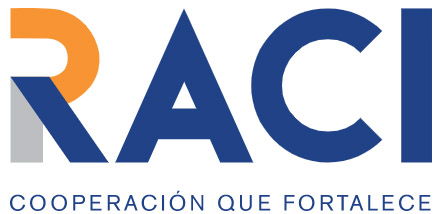Recognizing and including the conflict resolution methods of Indigenous Peoples in the Judicial Process of the Province of Neuquén.
Objective: To carry out the survey, documentation and systematization of the information gathered from the ancestral customs belonging to the indigenous communities regarding the methods of justice and conflict resolution in order to generate legal mechanisms that allow their application according to the area of the event and the subject matter.
The project had an important impact in terms of recognition and legitimization of their own conflict resolution practices and also the beginning of a path that can strengthen the link between the Ordinary Justice and the Indigenous Justice. It is a first linkage, a first approach to the current situation of the administration of justice in the communities of Pulmarí.
Through workshops, meetings and interviews, a first outline and description of the situation of Mapuche justice, its practices, obstacles, difficulties, needs, differences and points of contact with the Ordinary Justice was made, and the mechanisms for strengthening the identity of Mapuche justice and the forms of coordination, articulation and complementarity between both justice systems were analyzed.
Lonkos, konas, werken and other members of the Puel, Aigo, Currumil, Hienguihual, ÑorKinKo, Ruca Choroi and Wiñoy Tayiñ Rakizuam communities participated in the project. Through the methodologies used and the teams involved (research, audiovisual, facilitators), two products were achieved: a written report on the situation of Mapuche justice in Pulmarí and a documentary in audiovisual format.
Reconociendo e incluyendo los métodos de resolución de conflictos de los Pueblos Indígenas en el Proceso Judicial de la Provincia de Neuquén
Objetivo: Realizar el relevamiento, documentación y sistematización de la información recabada de las costumbres ancestrales pertenecientes a las comunidades indígenas en lo que se refiere a los modos de justicia y de resolución de los conflictos con el fin de generar mecanismos legales que permitan su aplicación de acuerdo con la zona del hecho y la temática.
El proyecto tuvo un importante impacto en términos de reconocimiento y legitimación de las prácticas propias de resolución de conflictos y también el inicio de un camino que puede fortalecer la vinculación entre la Justicia Ordinaria y la Justicia Indígena. Es una primera vinculación, una primera aproximación hacia la situación actual de la administración de justicia en las Comunidades de Pulmarí.
A través de talleres, reuniones y entrevistas se hizo un primer bosquejo y descripción del estado de situación de la justicia mapuche, sus prácticas; sus obstáculos; sus dificultades; sus necesidades; las diferencias y puntos de contacto con la Justicia Ordinaria y se analizó los mecanismos de fortalecimiento identitario de la justicia mapuche y sus formas de coordinación, articulación y complementariedad entre ambas justicias.
En el Proyecto participaron, entre lonkos, konas, werken, y demás integrantes de las comunidades Puel, Aigo, Currumil, Hienguihual, ÑorKinKo, Ruca Choroi y Wiñoy Tayiñ Rakizuam. Mediante las metodologías utilizadas y los equipos intervinientes (investigación, audiovisual, facilitadores) se logró dos productos: 1 informe escrito de Situación de la Justicia Mapuche en Pulmarí y un documental en formato audiovisual.

